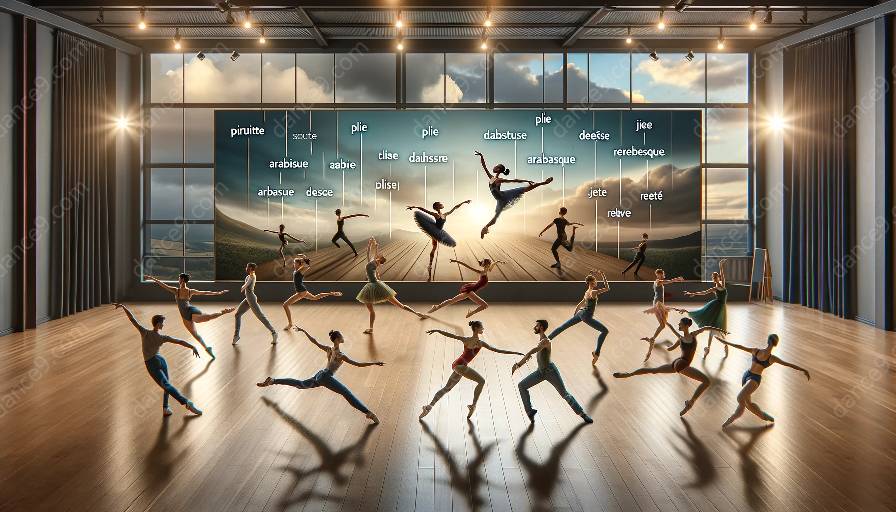In the world of dance, mastering technique is crucial for an exceptional performance. One of the fundamental elements in dance technique is 'plié,' a movement that holds a pivotal role in establishing a strong foundation for dancers of all levels. This article aims to delve into the significance and impact of 'plié' in dance, providing a comprehensive understanding of its importance in developing a strong technical base.
Understanding Plié
Plié, a French term that means 'bent,' is a foundational movement in various dance forms, including ballet, modern dance, and jazz. It involves bending the knees and lowering the body closer to the ground while keeping the back straight and maintaining proper alignment. Plié can be performed in various positions, such as first position, second position, and fifth position in ballet, with each position offering unique challenges to the dancer.
Developing Strength and Control
The primary role of plié in dance technique is to develop the necessary strength and control in a dancer's lower body. As dancers execute pliés repetitively, they engage their leg muscles, including the quadriceps, hamstrings, and calf muscles, which are essential for supporting the body's weight during various dance movements. This continuous engagement leads to the strengthening of these muscles, resulting in enhanced stability and control.
Additionally, pliés aid in the development of ankle strength, crucial for executing jumps and balances in dance. As dancers press into the floor to rise from a plié, they activate and strengthen the muscles around the ankle joint, contributing to better articulation and pointe work in ballet.
Enhancing Flexibility and Alignment
Besides building strength, plié also plays a significant role in enhancing flexibility and alignment in dancers. By repeatedly bending and straightening the knees, dancers improve the range of motion in their joints, particularly in the knees and hips. This increased flexibility enables dancers to achieve deeper and more controlled movements, allowing for a more expansive and expressive dance vocabulary.
Furthermore, consistent practice of plié promotes proper alignment of the body, as dancers learn to distribute their weight evenly between both legs and maintain a neutral pelvis. This alignment is essential for preventing injuries and establishing a strong foundation for executing more complex dance movements with precision and grace.
Rhythm and Musicality
Another crucial aspect of plié is its role in developing rhythm and musicality in dancers. As dancers execute plié exercises, they learn to synchronize their movements with the rhythm and tempo of the accompanying music. This synchronization strengthens their musical awareness and ability to interpret and express the nuances of musical phrasing through their movements, contributing to a more engaging and harmonious performance.
Integration into Choreography
'Plié' serves as the basis for many choreographic sequences and movements in dance. Its foundational nature enables dancers to seamlessly transition between steps, jumps, and turns, providing a stable and controlled starting point for various dance combinations. Whether in classical ballet pas de deux, contemporary floorwork, or jazz isolations, the mastery of plié empowers dancers to execute movements with fluidity and precision, showcasing their technical prowess and artistry.
Cultivating Artistry and Expression
Beyond its physical benefits, plié also plays a crucial role in cultivating artistry and expression in dance. As dancers develop a strong foundation through plié, they gain the confidence and freedom to explore movement dynamics and expressiveness. The stability and grounding derived from mastering plié allow dancers to focus on the emotional and artistic aspects of their performance, creating a seamless blend of technical proficiency and emotive storytelling.
Conclusion
In conclusion, 'plié' holds immense significance in the realm of dance, serving as a cornerstone for building a strong foundation in dance technique. Its multifaceted role in developing strength, control, flexibility, alignment, musicality, and artistry makes it a fundamental component of dance training across various genres. By understanding and embracing the importance of plié, dancers can lay a robust groundwork for their technical and artistic growth, ultimately elevating their dance performances to new heights.











































